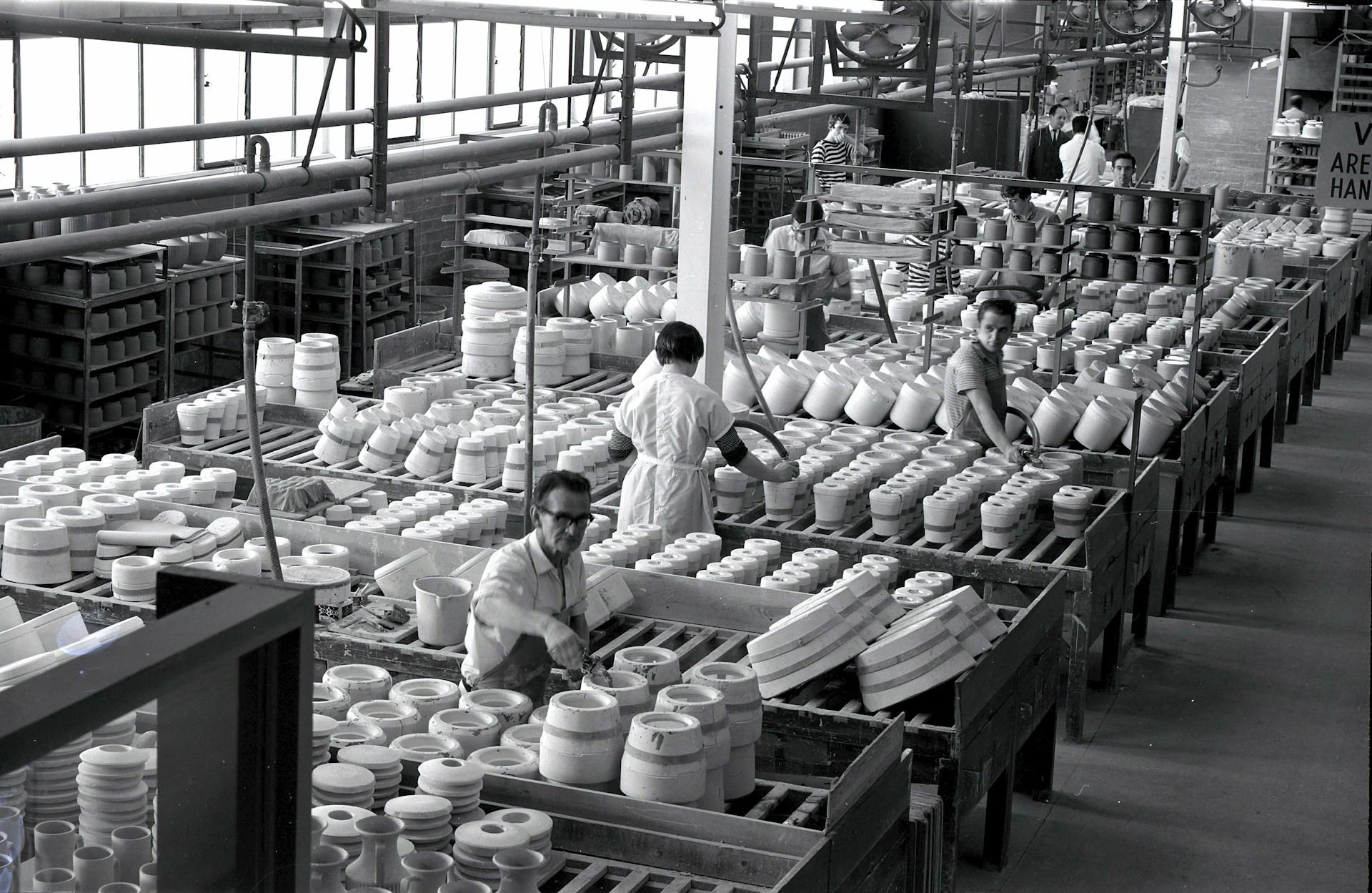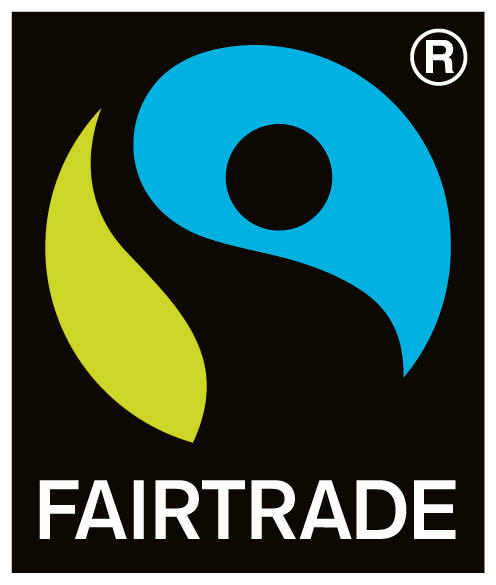Chapters
In economics, a producer is someone who creates and supplies certain goods or services, and they form a crucial part of the world’s economy. Some producers are more profitable than others. In business, it is important to know about how the costs, revenue, and profit all work together when it comes to producing goods or services.

Business Objectives
A producer will always have their own set of objectives. These are the specific goals that a company aims to achieve. These can vary widely depending on the nature of the business and its strategic priorities. Common business objectives include:
- Profit Maximisation. The primary objective for most businesses is to maximise profit, which is the difference between total revenue and total costs.
- Sales Growth. Increasing the volume of sales can help a business expand its market presence and achieve economies of scale.
- Market Share. Gaining a larger share of the market relative to competitors can enhance a company's influence and stability in the industry.
These are some examples, other priorities and objectives may involve being environmentally-friendly or having a socio-economic impact.
Production vs Productivity
Before we dive into the concept of profit and costs, it is important to understand the differences between production and productivity.
Production refers to the total output of goods or services produced by a company within a certain period. It is the absolute measure of the quantity produced, regardless of the resources used. For example, if a factory produces 1,000 cars in a month, that is its production level.
On the other hand, productivity measures the efficiency of production. It is the ratio of output produced to the input used. Higher productivity means more output is generated with the same or fewer inputs.

Costs
Understanding the costs that apply to a business or organisation involves getting to grips with a few key terms such as fixed vs variable costs.
Types of Costs
Costs are the expenses incurred by a business in the process of producing goods or services. Understanding the different types of costs is essential for effective financial management. There are several categories of costs:
Fixed Costs (FC)
These are costs that do not change with the level of output. Examples include rent, salaries, and insurance. Fixed costs must be paid regardless of the amount of goods or services produced, but also may stay the same as a business profits grow.
Example: A factory pays £10,000 per month in rent regardless of how many units it produces.
Variable Costs (VC)
These costs vary directly with the level of output. Examples include raw materials, direct labour, and utility costs associated with production.
Example: If the cost of raw materials is £2 per unit, producing 1,000 units will cost £2,000.
Total Costs (TC)
The sum of fixed and variable costs at any given level of output.
Formula: TC = FC + VC
Average Costs (AC)
The total cost per unit of output. It is calculated by dividing total costs by the number of units produced.
Formula: AC = TC / Quantity of Output
Types of Revenue
Revenue is the income generated from the sale of goods and services. Understanding the different types of revenue helps businesses assess their financial performance.
Total Revenue (TR): The total income received from selling a certain quantity of goods or services.
Formula: TR = Price per Unit x Quantity Sold
Average Revenue (AR): The revenue earned per unit of output sold. It is essentially the price of the product.
Formula: AR = TR / Quantity Sold
Profit
Profit is the financial gain that results when total revenue exceeds total costs. It is a key indicator of business performance and sustainability.
The total profit is simply the difference between total revenue and total costs in the business.
In large businesses, it can get complex. A lot of businesses have many different revenue sources as well as many different costs! Accountants are there to help to understand and forecast this.
Let’s use a really simple profit example for a producer:
- The producer, a bakery, creates 100 cakes at a cost of £500. This includes the fixed costs such as the rent and salary of an assistant baker, and the variable costs like ingredients. Each cake costs £5 to make.
- The producer sells the cakes wholesale for £10 each. 95 of them are sold, and five lost to spoilage or given away as a promotion, meaning revenue of £950.
- The profit in this scenario is £450 (£950 revenue minus £500 costs).
We did say it would be super simple! This is an easy way to start to get your head around it, but bakeries have many products and things quickly get more complicated.
Economies of Scale
You may have heard the term “economies of scale” before. It refers to the cost benefits enjoyed by companies when production becomes more efficient.
This can happen in a couple of ways. For instance, if we carry on our cake analogy, the baker could reap the benefits by producing more cakes at the same venue, as this means the rent costs or equipment costs may not increase.
Additionally, as our cake maker expands, they may be able to negotiate a better deal on ingredients, such as getting a deal with a farm. The fact they will be buying high volume means it is more likely they will get a cheaper price.
Both of these things increase the profit of the company, but also the profit per item, due to the economies of scale.
Understanding Cost, Revenue, and Profit for Producers
Producers must carefully manage costs, revenue, and profit to achieve their business objectives. Each element is important for the producer.
Cost Management
By understanding and controlling costs, producers can ensure that they are operating efficiently. Lowering average costs can increase profitability, especially if revenue remains stable or increases.
Examples could include switching to a different, cheaper supplier of ingredients or raw materials, but this could potentially impact the quality of the product.
Revenue Generation
Maximising revenue is essential for covering costs and generating profit. This can be achieved through various strategies such as improving product quality, effective marketing, and setting competitive prices.
Choosing a good pricing point is crucial here as it maximises sales without leaving money on the table.
Profit Maximisation
Profit is essential for business survival and growth. It provides funds for reinvestment, expansion, and rewarding stakeholders. Producers aim to increase profits by either increasing revenue or reducing costs and this is why it is such a big focus for the businesses.
Moral Issues

There may be other considerations in a production field such as fair pricing and labour strategies, and implementing environmentally sustainable production methods to minimise negative impacts on the planet.
However, if we look back at the priorities and objectives of businesses, some of the choices that are best for the planet or for individuals working for the company are not top of the list. Many businesses choose profit over these moral or ethical issues. For instance, there are still a huge number of companies not committing to fair trade or contributing to the pollution of the planet without doing any form of offsetting or trying to reduce their negative impacts.
Conclusion
Profit in a business can be a difficult thing to calculate, and even more difficult to forecast, but producers need to be good at it. Understanding costs like production costs, as well as the potential revenue for a product, helps to make business decisions and drive the success of a company.
Review Questions
Explain the concept of "economies of scale" and provide an example to illustrate your point.
Economies of scale refer to the cost advantages that a business can achieve due to its size, output, or scale of operation. As a company increases production, it can spread its fixed costs over a larger number of units, leading to a decrease in the average cost per unit. This can result from factors such as bulk purchasing of materials, more efficient production techniques, or better utilization of resources. For example, a car manufacturer might reduce costs per vehicle by mass-producing thousands of cars, rather than just a few hundred.
How does cutting costs help businesses to make more profit?
Cutting costs helps businesses increase their profit by reducing the expenses associated with producing goods or services. When a company lowers its production costs without sacrificing quality, it can either lower its prices to attract more customers or maintain its prices and enjoy higher profit margins. Effective cost-cutting strategies might include streamlining operations, adopting new technologies, or renegotiating supplier contracts.








